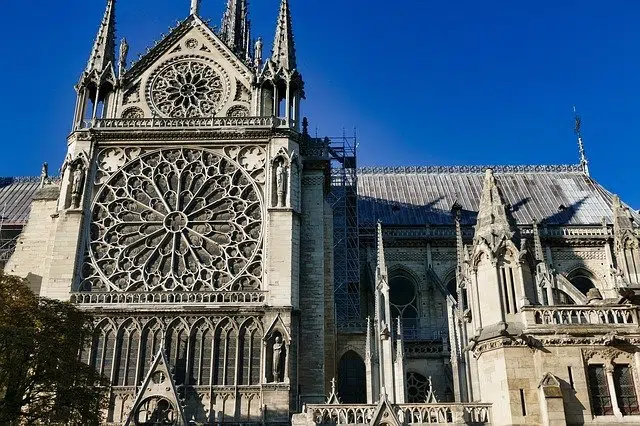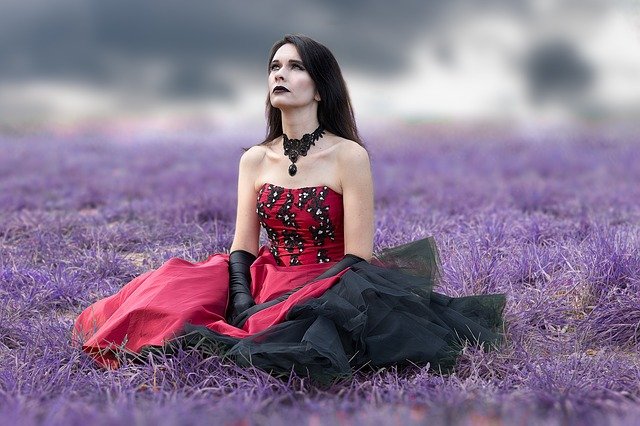
Notre Dame Cathedral is a Gothic style building.
From the Latin gothicus , gothic is an adjective that refers to that belonging to or relating to the Goths . This was a people that was located behind the eastern border of the Roman Empire and was part of the group that the Romans called barbarians .
This word was coined by the Florentine writer Vasari, who in a biography of Tuscan painters included a section on the art of the Middle Ages . From then on, the term was used pejoratively to refer to architecture prior to the Renaissance, which was characterized by presenting disorderly and "undignified" elements, in absolute contrast to classical architecture, endowed with rationality and meaning. In architecture, Gothic had various names such as opus francigenum (French style) or final Gothic, as those constructions in the Elizabethan or Plateresque style were called in Spain.
The concept of Gothic
Currently, the art developed in Europe between the 12th century and the Renaissance is known as Gothic. This artistic style presents several similarities with its predecessor (the Romanesque ), such as the predominance of the religious and a timeless conception of the works. In any case, Gothic art proposed very bright cathedrals, unlike the dark Romanesque churches.
The conception of Gothic, however, varied with the time. With the revitalization of medievalism that took place during the Romantic period, the Gothic became associated with the morbid and the sinister .

Gothic is the name of a subculture that is associated with darkness and terror.
a subculture
Currently, there is a gothic subculture that gained great momentum from the late '70s in the United Kingdom and soon spread throughout the world. Literature and horror films are her main influences, which are reflected in clothing (linked to the Renaissance era), hairstyles, makeup and even musical taste.
Gothic is a notion that is associated with darkness or dark music. Those who identify with this movement tend to be androgynous: men and women wear makeup equally, highlighting the paleness of their faces and using black polish on their nails. Black is also the favorite color in clothing .
The Gothic in narrative
With regard to literature, the literary genre where terror and darkness intermingle is known as gothic narrative . It is believed that the first novel of this genre was Horace Walpole's "The Castle of Otranto", first published in the mid-18th century. From then on, there were many authors who joined this style, making their contributions to the growth of the genre.
It is important, however, to point out that today there are many variants within horror and that not all stories belong to the gothic genre . There is, for example, a line that directs popular narration and tales of ghosts that completely deviates from the bases of Gothic narrative.
Characteristics of this type of literary works
Having said this, it should be added that the Gothic narrative is fundamentally characterized by an exquisite description of the environments , using ancient terms that allow us to experience a sinister reading full of mysteries; Generally these novels have elements of occultism and the black arts. In this way, although some specialists define the gothic novel as synonymous with crime novel, there are differences between them that can be reached from reading and real knowledge of each genre.
In the romantic setting of the Gothic novel, gloomy landscapes, darkness, ruins from medieval times, basements and passages under castles, condemnations and torture are commonly present.
Furthermore, the plot usually takes place in an old monastery or castle, where the architectural element is fundamental and collaborates with the enrichment of the plot. There is an atmosphere of mystery and there is a prophecy that marks the future of events in an almost supernatural way. Furthermore, the characters are driven by strong passions that lead them to commit acts that they do not even want and their moods are usually represented by the climatic changes in the environment.
